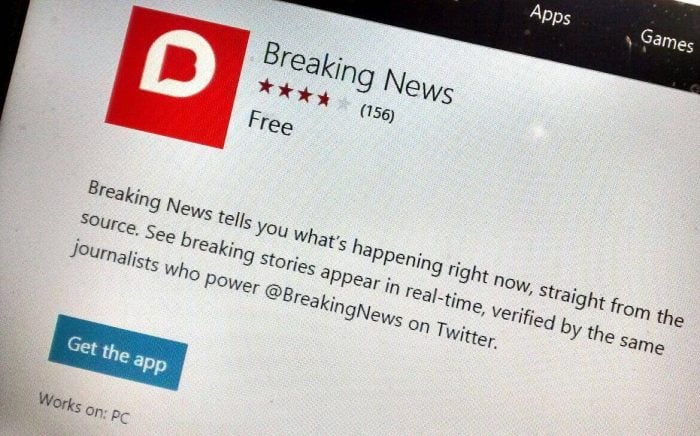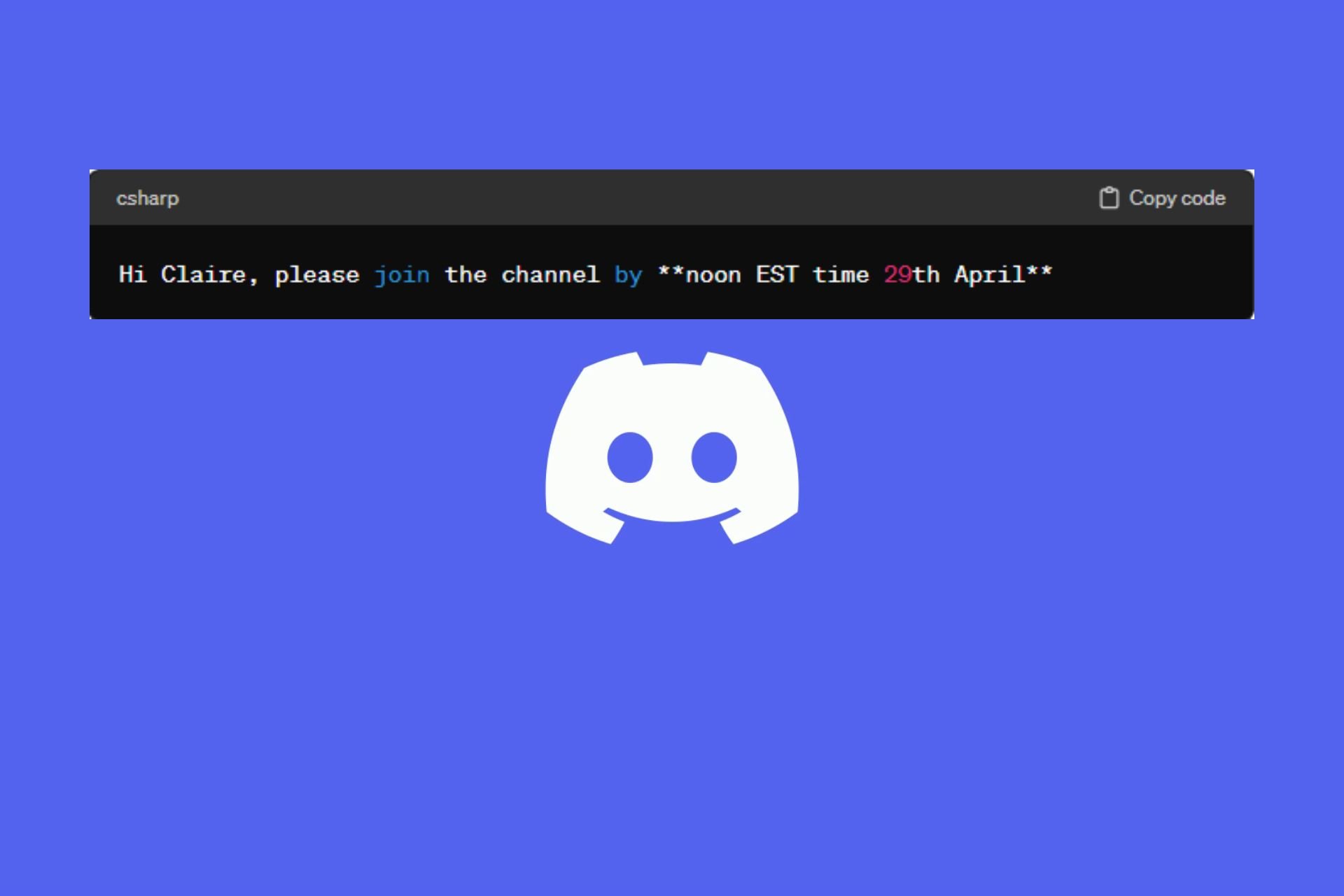Windows 10 news recap: New build, cumulative updates, and more
4 min. read
Published on
Read our disclosure page to find out how can you help Windows Report sustain the editorial team Read more

Welcome back to our weekly Windows 10 news recap, in which we recap the top news stories regarding Windows 10 for the week. Let’s dive straight in.
Microsoft releases Windows 10 cumulative update KB3156421, build 10586.318
Kicking things off this week, Microsoft released new cumulative updates for Windows 10 users running the latest public release. Build 10586.318 was released to both PC users and mobile users, which introduced a number of new bug fixes and performance improvements, like most cumulative updates. Here’s what’s new:
- Improved reliability in a number of areas including Cortana, Bluetooth, Shell, Internet Explorer 11, Microsoft Edge, Miracast, and USB.
- Fixed memory leak that occurs when opening a portable document format (PDF) form multiple times.
- Fixed issues with text alignment for right to left languages in Internet Explorer 11 and Microsoft Edge.
- Fixed issue that affected Bluetooth function when a PC resumes from sleep.
- Fixed issue where user accounts weren’t locked out after a number of failed sign in attempts.
- Fixed issue with revised daylight saving time.
- Fixed issue that sometimes corrupts CompactFlash cards inserted into a card reader.
- Fixed issue that caused recorded video to be lost when answering an incoming call on some phones.
- Fixed issue that could result in unexpected battery drain while the phone screen is off.
- Fixed additional security issues with kernel mode drivers, remote procedure calls, the Microsoft Graphics Component, Internet Explorer 11, Microsoft Edge, Windows Shell, Windows Journal, Virtual Secure Mode, Schannel, and Jscript.
Windows 10 build 14342 now available for Windows Insiders, apparently
Next up, Microsoft released a new Insider build for fast ringed insiders. Weirdly however, the build was accidently pushed a little bit earlier due to an error with Microsoft’s internal staging system. Luckily, Microsoft was planning to release this build anyway and decided to initiate a full rollout.
This new build features new UI changes to the UAC prompt, Action Center and Windows Ink Workspace, Microsoft Edge improvements such as Swipe navigation, and a whole lot more.
Microsoft simplifies Edge extensions installation in latest Windows 10 Insider build 14342
This weeks Insider build also improved the way extensions are installed on Microsoft Edge. Previously, Insiders had to sideload extensions by downloading, extracting and then storing said extension in a safe place before asking Edge to load it up. Now, extensions are downloaded and installed automatically via the Windows Store.
While some Edge extensions such as Pinterest’s Pin It Button have already been released on the Windows Store, the Windows Store is now the official place where Windows Insiders can satisfy their Edge extensions needs. However, Microsoft has also warned yesterday that the Insider build 14342 will erase all preinstalled extensions on an Insider machine, which will force Windows Insiders to visit the Windows Store to reinstall their favorite Edge extensions. Painful, certainly, but the new installation process is straightforward and makes sense.
Windows 10 Anniversary Update to increase the number of Promoted Apps displayed
Finally, this week saw news of changes coming to the Windows 10 Start Menu with the Anniversary Update. Microsoft is increasing the number of Promoted Apps on the Start menu from 6 to 10, which probably isn’t great news for those who dislike ads.
That clutters things up a bit more than presently, and whether or not you like this change depends largely on whether or not you appreciate app suggestions. Who knows, maybe Microsoft will present you will an app that you wouldn’t otherwise know about–and the Promoted Apps are easy enough to uninstall. And certainly, helping developers promote their apps to users is an important step in growing the Windows Store and the Universal Windows Platform.
OEMs can configure this however, so that’s good news.
That’s all for this week, what was your favorite story? Let us know below.








